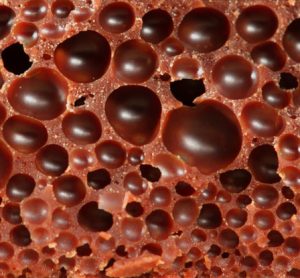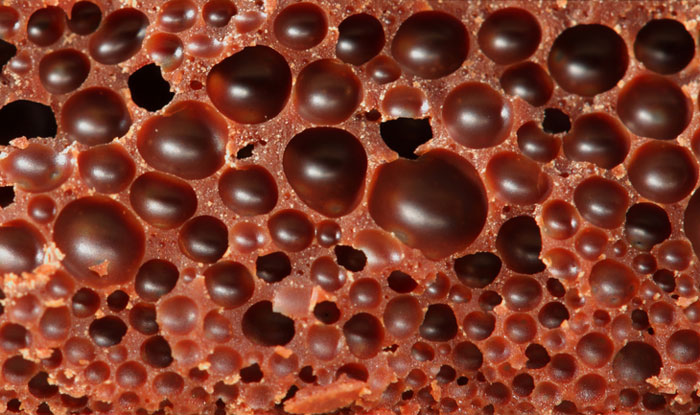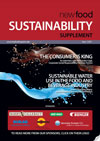Stability of pork during frozen storage
6 September 2011 | By Lene Meinert, Consultant, Danish Meat Research Institute
Freezing is a well-known and widespread preservation method, prolonging the shelf-life of meat and many other food items. Freezing is popular, as it allows meat to keep a close-to-fresh quality for a long time, and it also allows long distance transports. However, depending on the time and temperature combinations during…










